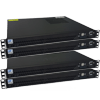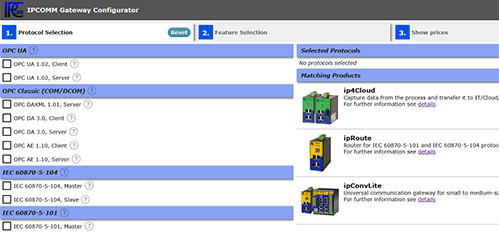IEC 60870-5-102 is an international protocol standard, released by the IEC (International
Electrotechnical Comission) at the beginning of the 90ies. It enables
communication between a central unit and several counter value devices, in
particular in the energy sector.
The protocol is based on the EPA architecture (Enhanced
Performance Architecture) and defines only the physical, link and application
layers of the OSI model.
IEC 60870-5-102 is primarily used with relatively slow transmission media on the
asynchronous V.24 interface. The standard promises baud rates of up to 9600
bit/s. X.24/X.27 interfaces with baud rates up to 64000 bit/s, also defined by
the standard, could not establish themselves and are rarely used.
IEC 60870-5-102 is a 'Companion Standard', extended by these further standards:
- IEC 60870-5-1
defines different frame formats, though IEC 60870-5-102
uses only the FT1.2 format
- IEC 60870-5-2
defines the link layer transmission mode
- IEC 60870-5-3
defines the basic application data structure
- IEC 60870-5-4
defines how information is encoded
- IEC 60870-5-5
defines basic application layer functions
Interoperability between devices by different vendors is ensured by the
interoperability list, which is defined by the standard. In the list, the
function range is defined for each device by marking the applicable functions.
The common denominator between different vendor lists defines the
possible function range.

